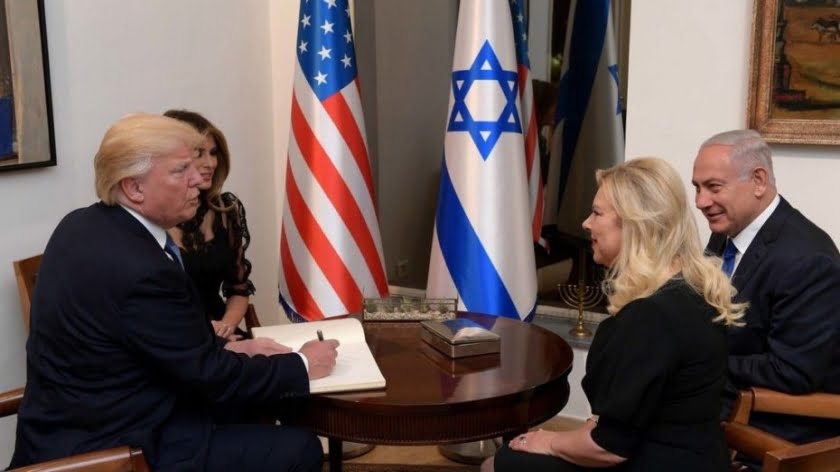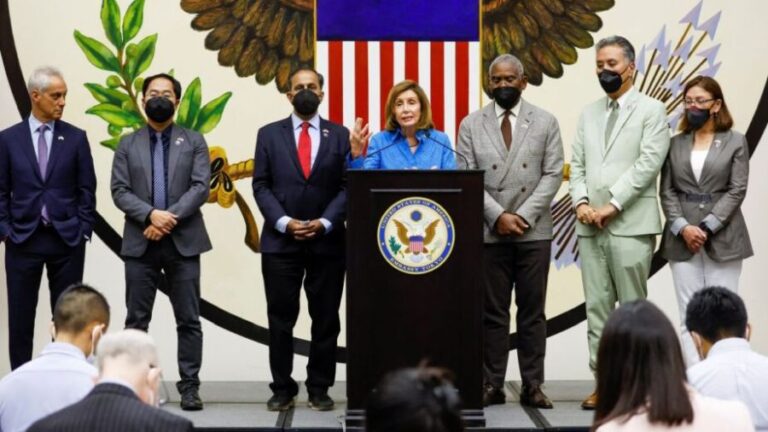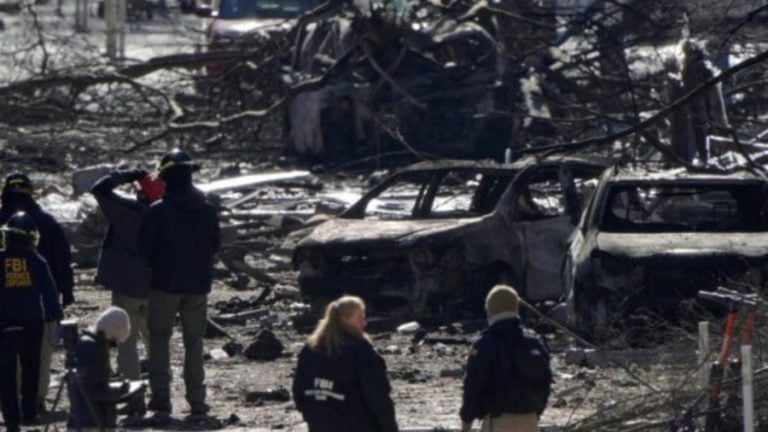Jammu & Kashmir: A Case of Brutal Demographic Changes Amid a Global Pandemic
The Indian government has not refrained from its nefarious agenda to alter the demography of occupied Jammu and Kashmir amidst the global pandemic.
***
The demography of Kashmir has become a subject of debate especially after Prime Minister Narendra Modi’s Hindu Nationalist government has imposed a new set of laws. It includes a controversial and contentious domicile law through which citizens from all across India can get the rights of living in the disputed territory.
The new domicile law allows being eligible for domicile certification to those who have resided in the region for fifteen years or studied for a period of seven years and appeared in class 10 or 12th examination through educational institutes located in the area. It also gives out residency rights to central government officials who have served in Indian-administered Kashmir for ten years and their children. Initially this law also included provisions that allowed all Indians to apply for jobs specified for Jammu And Kashmir except the low-level jobs. But after the severe backlash even from the Hindu-dominated region of Jammu, the decision of reservation for jobs was overturned. These steps of the Indian government violate the fourth convention of International Law as it declares that “The occupying power shall not deport or transfer parts of its own civilian population into the territory it occupies.”
Indian government abrogated article 370 and 35A of the constitution that guaranteed special status for jobs, scholarships, and allotment of land to permanent residents of Indian-administered Kashmir, in early August, last year. The law also gave rights to people of Jammu and Kashmir to establish their rule of law through their Parliament and have their own flag. Subsequently, the region having a Muslim majority was divided into two union territories, Jammu & Kashmir and Ladakh. The law also stripped any Kashmiri woman who married outside Kashmir of the right to own property in their native land so as to protect the unique identity of the region.
The new laws are widely seen as an attempt to implement a long-standing ideological vision of Rashtriya Swayamsevak Sangh (RSS), for the occupied region. RSS is broadly considered as the parent organization of India’s ruling Hindu nationalist faction, Bharatiya Janata Party (BJP). The RSS has been demanding the abrogation of the special status of Jammu and Kashmir for decades. They also passed a resolution that laid out their vision to remodify the geographic structure of the region such that it would benefit the Hindus. The BJP has also exploited the slogan of the resettling of Hindu Pandits, who were displaced during the uprising of last 1980s, for their electoral gains. This is due to which BJP has managed to create a significant voter base especially in Jammu.
Indian authorities have made several efforts to change the geographic dynamics of the occupied territory. First of which was in August-November 1947, when hundreds and thousands of Muslims in Jammu ware massacred by the Dogra ruler and the then-Indian government of Indian National Congress. There is no official account of this brutal bloodbath so we have to heavily rely on the reports of British newspapers operating in that area. Horace Alexander wrote in his article on 16 January, 1948, in The Spectator, that the number of people killed in those two months exceeds 200,000. Whereas Ian Stephens, the editor of The Statesman, claimed that more than a half-million people were killed and the other 200,000 were either displaced or went missing. Due to this genocide, the overwhelming majority of Muslims in the region were reduced to just 30 percent of the total population. Jammu’s demography was again altered by the Agrarian Reforms Act, 1976. The act provided land ownership opportunity to natives of Jammu and through this, thousands of non-natives were granted ownership of land by means of forged and tempered records. Another intrigue can be noticed by observing a sharp increase of the Hindu population in Leh and Kargil districts from 2001 to 2011. The population of Hindus has grown from 6.2 percent to 12 percent in this time frame. Experts claim such an increase of a hundred percent is unimaginable and impossible, considering the economic conditions of the region.
In the current situation, the more than half-million Indian soldiers deployed in the region can buy land and become residents while Indian Muslims are too poor to do so and resettle in the area. Indian government plans to replicate the Israeli model of illegal settlements in occupied Palestine. A Kashmir-based political analyst told Middle East Eye, on the condition of anonymity, that “These domicile laws have been devised only to facilitate a non-Muslim Indian influx into Kashmir. Indian Muslims are poor. They don’t have resources to buy properties in Kashmir. In Kashmir, businesses are not running. Job opportunities are dismal. Any Indian who does not have the state financial and military muscle behind him can’t sustain in a conflict zone like Kashmir. Indian Muslims would never get any such support from the ruling government.” Kashmiris have long-feared such changes in their demography, culture and identity. Shimon Peres, the then-former Foreign Minister of Israel who afterward served as President of Israel, on his visit to India on 18 May, 1993, suggested that “India should not be afraid or hesitate to populate Kashmir with people from all over India. Only a demographic change in Kashmir can help India to claim it. The idea of a Muslim majority state living peacefully with a Hindu majority community is idiotic and this idea is nothing but anathema.”
While the world is busy in finding a way to cope with COVID-19, India has taken the pandemic as an opportunity to further oppress the people of occupied territories. They have also set aside the UN Resolution about the state of Jammu and Kashmir which clearly state that its fate lies in the hands of the people and they should be given their right of self-determination. The information ban and lockdown are extended as cases of Coronavirus increase. But all of these actions carried out and illegal laws being implemented without the consensus of local leaders may result in the eruption of another series of riots just like in the late ’80s.
By Hassan Aziz
Source: One World








One Comment